Home>Gardening & Outdoor>Outdoor Recreation & Activities>What Is A Pocket In Spikeball?
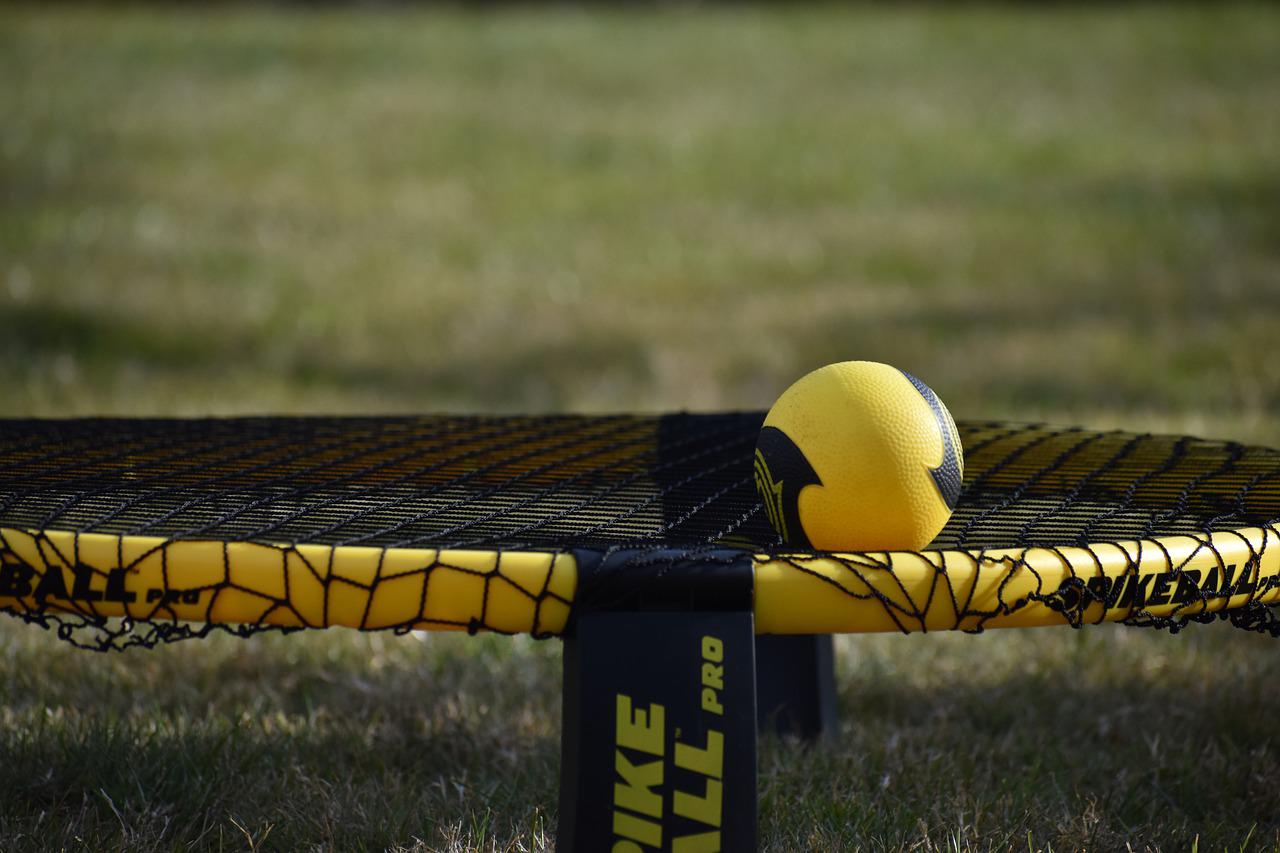

Outdoor Recreation & Activities
What Is A Pocket In Spikeball?
Modified: October 20, 2024
Learn about the importance of the pocket in Spikeball, a popular outdoor recreation and activities game. Understand how the pocket affects gameplay and strategies.
(Many of the links in this article redirect to a specific reviewed product. Your purchase of these products through affiliate links helps to generate commission for Storables.com, at no extra cost. Learn more)
Introduction
Spikeball is an exhilarating and fast-paced game that has taken the recreational world by storm. Whether you're a seasoned player or a newbie looking to dive into this high-energy sport, understanding the intricacies of the game is crucial. One such crucial element is the "pocket" in Spikeball. This term may sound perplexing to the uninitiated, but fear not – this article will delve into the nuances of the pocket, shedding light on its significance and how it influences gameplay.
Spikeball, often described as a fusion of volleyball and four-square, is played with two teams of two players each. The objective is to hit the ball off the net in such a way that the opposing team cannot return it. The game is known for its fast-paced rallies and dynamic movement, making it a thrilling experience for participants and spectators alike.
In this article, we will explore the fundamentals of Spikeball, gaining a comprehensive understanding of the game before delving into the concept of the pocket. By the end, you will have a newfound appreciation for this essential aspect of Spikeball, equipping you with the knowledge to elevate your gameplay and enjoyment of the sport. So, let's embark on this journey to unravel the mysteries of the pocket in Spikeball!
Key Takeaways:
- The “pocket” in Spikeball is the area of net tension created when the ball hits the net, influencing the ball’s rebound trajectory and adding an element of unpredictability to the game.
- Skilled players can strategically manipulate the pocket to create challenges for their opponents, adding depth and excitement to Spikeball matches.
Read more: What Is Spikeball?
The Basics of Spikeball
Before delving into the intricacies of the pocket in Spikeball, it’s essential to grasp the fundamental aspects of the game. Spikeball, also known as roundnet, is a dynamic and engaging sport that can be played both competitively and recreationally. The game is typically played with two teams of two players each, making it an ideal activity for small groups or pairs looking for an adrenaline-pumping challenge.
The objective of Spikeball is to hit the ball off the net in such a way that the opposing team cannot return it. Players take turns serving the ball by hitting it onto the net, after which the opposing team has up to three touches to return the ball to the net. The rally continues until one team fails to return the ball within the designated three touches, resulting in a point for the opposing team.
One of the defining features of Spikeball is its emphasis on agility, speed, and spatial awareness. Players must anticipate the trajectory of the ball and swiftly maneuver around the circular playing area to position themselves for optimal ball contact. The game’s fast-paced nature and quick exchanges make it an exhilarating experience for participants, requiring a combination of hand-eye coordination, strategic positioning, and rapid decision-making.
Furthermore, Spikeball can be played on various surfaces, including grass, sand, and even indoors, allowing for versatile gameplay in different environments. This adaptability contributes to the game’s widespread popularity, as it can be enjoyed in a backyard, at the beach, or in a gymnasium, providing ample opportunities for players to engage in spirited matches.
Understanding the basic rules and dynamics of Spikeball sets the stage for a deeper exploration of the game, including the concept of the pocket – a critical element that significantly influences gameplay and strategy. As we unravel the intricacies of the pocket, you’ll gain a comprehensive understanding of how it shapes the dynamics of Spikeball matches and the strategic considerations it entails.
Understanding the Pocket in Spikeball
At the heart of Spikeball lies a concept that is pivotal to the game’s dynamics and strategic depth – the pocket. In the context of Spikeball, the pocket refers to the area of net tension created between the net and the ball when it makes contact. This results in a temporary indentation or "pocket" in the net, influencing the trajectory and rebound of the ball upon impact.
When the ball strikes the net, it creates a pocket that varies in depth and tension based on the force and angle of the impact. Understanding the nuances of the pocket is essential for players, as it directly affects the ball’s rebound trajectory and the subsequent movements required to return the ball effectively. The pocket essentially serves as a dynamic element that adds an element of unpredictability to each rally, requiring players to adapt their positioning and movements in real time.
Moreover, the pocket plays a crucial role in shaping the strategic considerations of Spikeball. Players must not only anticipate the ball’s trajectory based on their opponents’ hits but also factor in the influence of the pocket on the ball’s rebound. This adds a layer of complexity to the game, as players must constantly adjust their positioning and movements to account for the ever-changing dynamics of the pocket.
Furthermore, the pocket introduces an element of finesse and precision to Spikeball gameplay. Experienced players can manipulate the pocket by strategically hitting the ball at specific angles and velocities, creating pockets that challenge their opponents’ ability to return the ball effectively. This strategic use of the pocket adds a layer of skill and tactical depth to the game, elevating it beyond mere physical agility and reflexes.
Understanding the pocket in Spikeball is akin to deciphering a dynamic puzzle during each rally. It requires players to not only react to the ball’s trajectory but also anticipate the influence of the pocket on its rebound. This blend of anticipation, agility, and strategic finesse makes the pocket a captivating aspect of Spikeball, contributing to the game’s appeal as a thrilling and intellectually stimulating sport.
As we delve deeper into the significance of the pocket, we will uncover its impact on gameplay strategies and the techniques employed by skilled players to harness its potential to their advantage. By mastering the art of navigating the pocket, players can unlock new dimensions of strategic play and elevate their performance on the Spikeball court.
Importance of the Pocket in Spikeball
The pocket in Spikeball holds immense significance, serving as a dynamic element that profoundly influences the flow and strategy of the game. Understanding the importance of the pocket is essential for players looking to elevate their gameplay and harness the strategic potential it offers.
One of the primary reasons the pocket is crucial in Spikeball is its role in introducing unpredictability and variability to each rally. When the ball strikes the net, the resulting pocket creates a unique rebound trajectory, challenging players to adapt their movements and positioning on the fly. This element of unpredictability adds an exciting and dynamic dimension to the game, keeping players engaged and requiring them to think critically and react swiftly during rallies.
Furthermore, the pocket serves as a strategic tool that skilled players can leverage to gain an advantage over their opponents. By intentionally creating pockets with specific characteristics – such as depth, tension, and angle – players can manipulate the ball’s rebound trajectory, making it more challenging for their opponents to return the ball effectively. This strategic use of the pocket adds a layer of depth to Spikeball gameplay, rewarding players who possess the finesse and precision to master this aspect of the game.
Additionally, the pocket fosters a sense of adaptability and quick thinking among players. As each rally unfolds, the ever-changing nature of the pocket requires players to make split-second decisions regarding their movements, positioning, and ball contact. This demands a high level of spatial awareness, agility, and strategic acumen, making Spikeball a mentally and physically engaging sport that rewards players who can navigate the complexities of the pocket effectively.
The importance of the pocket extends beyond individual skill to encompass teamwork and communication. In doubles play, effective communication between teammates is essential for capitalizing on the opportunities presented by the pocket. Players must coordinate their movements and strategies to exploit the dynamics of the pocket, creating a seamless and synergistic approach that maximizes their chances of winning rallies.
Ultimately, the pocket in Spikeball embodies the essence of the game – dynamic, challenging, and endlessly engaging. Its importance lies not only in its influence on individual rallies but also in its capacity to shape the overall strategy and flow of the game. By recognizing and embracing the significance of the pocket, players can unlock new dimensions of skill, strategy, and enjoyment in the exhilarating world of Spikeball.
When playing Spikeball, a “pocket” refers to the area between the net and the rim of the net. It’s important to hit the ball away from the pocket to make it harder for your opponents to return.
How to Create a Pocket in Spikeball
Creating a pocket in Spikeball involves a delicate balance of precision, timing, and strategic ball contact. While the pocket is a natural result of the ball striking the net, skilled players can influence and manipulate the characteristics of the pocket through intentional ball placement and striking techniques. Understanding how to create a pocket empowers players to harness this dynamic element to their advantage, adding a layer of strategic depth to their gameplay.
One of the fundamental techniques for creating a pocket in Spikeball is to vary the angle and velocity of the ball when striking the net. By hitting the ball at specific angles, players can induce pockets with varying depths and tensions, influencing the rebound trajectory and creating challenges for their opponents. Experimenting with different angles and velocities during practice sessions can help players develop the finesse and control required to consistently create pockets that pose difficulties for their opponents.
Furthermore, players can strategically target areas of the net to create pockets that align with their tactical objectives. For example, aiming for the top of the net can result in a shallow but taut pocket, leading to a quick and unpredictable rebound. On the other hand, targeting the lower portion of the net can yield a deeper and looser pocket, requiring opponents to adjust their positioning and movements to return the ball effectively. Understanding how to exploit different areas of the net to create tailored pockets adds a strategic dimension to a player’s offensive capabilities.
Timing also plays a crucial role in creating pockets in Spikeball. Anticipating the ball’s trajectory and positioning oneself to hit the net at the opportune moment can significantly influence the characteristics of the resulting pocket. Players must develop a keen sense of timing, honed through practice and experience, to consistently create pockets that challenge their opponents and create advantageous rebound trajectories.
Additionally, communication and coordination between teammates in doubles play can enhance the effectiveness of pocket creation. By strategizing and coordinating their hitting techniques, teammates can work together to create pockets that exploit the weaknesses of their opponents and set up favorable rebound scenarios. This collaborative approach adds a layer of teamwork and synergy to the strategic use of pockets, elevating the overall gameplay experience for players.
Mastering the art of creating pockets in Spikeball requires dedication, practice, and a keen understanding of the game’s dynamics. By honing their ability to influence and manipulate the characteristics of the pocket, players can unlock new dimensions of strategic play, adding depth and excitement to their Spikeball matches.
Read more: What Is A Pocket Spring Mattress
Strategies for Using the Pocket in Spikeball
Effectively leveraging the pocket in Spikeball requires a strategic mindset and a keen understanding of the game’s dynamics. By incorporating the pocket into their gameplay strategies, players can create opportunities to outmaneuver their opponents and gain a competitive edge. Here are several strategic approaches for using the pocket to elevate your Spikeball performance:
- Strategic Ball Placement: A key strategy for utilizing the pocket involves intentional ball placement to create pockets that challenge opponents. By targeting specific areas of the net, such as the top or bottom, players can induce pockets with varying characteristics, influencing the rebound trajectory and creating difficulties for their opponents. This strategic ball placement can disrupt the opponent’s defensive positioning, making it harder for them to predict and return the ball effectively.
- Creating Misdirection: Skilled players can use the pocket to create misdirection and unpredictability in their shots. By intentionally creating pockets that produce unexpected rebound trajectories, players can keep their opponents off balance, forcing them to adjust their positioning and movements rapidly. This element of surprise can create openings for offensive plays and capitalize on the opponent’s momentary disorientation.
- Exploiting Opponent Weaknesses: Understanding the characteristics of the pocket allows players to exploit their opponents’ weaknesses strategically. By observing how opponents react to specific pocket-induced rebounds, players can identify vulnerabilities in their opponents’ defensive play and capitalize on these weaknesses to gain the upper hand in rallies. This strategic awareness enables players to adapt their tactics and exploit the dynamics of the pocket to their advantage.
- Team Coordination: In doubles play, effective communication and coordination between teammates are essential for maximizing the strategic potential of the pocket. Teammates can work together to create pockets that complement their overall gameplay strategy, setting up advantageous rebound scenarios and capitalizing on the dynamics of the pocket to outmaneuver their opponents. This collaborative approach adds a layer of teamwork and synergy to the strategic use of pockets, enhancing the overall performance of the team.
- Adaptive Positioning: The ever-changing nature of the pocket requires players to adapt their positioning dynamically during rallies. By recognizing and anticipating the influence of the pocket on the ball’s rebound trajectory, players can adjust their positioning to intercept and return the ball effectively. This adaptive positioning allows players to capitalize on the dynamics of the pocket, maximizing their defensive capabilities and setting up strategic offensive plays.
By incorporating these strategic approaches into their gameplay, players can harness the potential of the pocket to create opportunities, outmaneuver opponents, and elevate their overall performance in Spikeball. The strategic use of the pocket adds depth and complexity to the game, rewarding players who possess the finesse and tactical acumen to master this dynamic element.
Conclusion
As we conclude our exploration of the pocket in Spikeball, it becomes evident that this dynamic element is far more than a mere consequence of the ball striking the net. The pocket serves as a catalyst for strategic depth, unpredictability, and skillful play, enriching the game of Spikeball in profound ways.
Understanding the nuances of the pocket empowers players to navigate the ever-changing dynamics of each rally, fostering a blend of anticipation, agility, and strategic finesse. The pocket introduces an element of unpredictability that keeps players engaged and demands quick thinking and adaptability, making Spikeball a mentally and physically stimulating sport.
Furthermore, the strategic potential of the pocket adds layers of complexity to Spikeball gameplay, rewarding players who possess the precision and tactical acumen to manipulate and leverage the pocket to their advantage. By incorporating strategic ball placement, creating misdirection, and exploiting opponent weaknesses, players can use the pocket as a tool for outmaneuvering their opponents and setting up advantageous plays.
In doubles play, effective communication and coordination between teammates amplify the strategic potential of the pocket, fostering a collaborative approach that maximizes the overall performance of the team. The pocket becomes a focal point for teamwork and synergy, adding a layer of depth to the strategic dynamics of Spikeball matches.
Ultimately, the pocket in Spikeball encapsulates the essence of the game – dynamic, challenging, and endlessly engaging. Its importance lies not only in its influence on individual rallies but also in its capacity to shape the overall strategy and flow of the game. By recognizing and embracing the significance of the pocket, players can unlock new dimensions of skill, strategy, and enjoyment in the exhilarating world of Spikeball.
As you step onto the Spikeball court, armed with a newfound understanding of the pocket, may you embark on a thrilling journey of strategic play, teamwork, and exhilarating rallies. Embrace the pocket, harness its potential, and let it propel you to new heights of skill and enjoyment in the captivating realm of Spikeball.
Frequently Asked Questions about What Is A Pocket In Spikeball?
Was this page helpful?
At Storables.com, we guarantee accurate and reliable information. Our content, validated by Expert Board Contributors, is crafted following stringent Editorial Policies. We're committed to providing you with well-researched, expert-backed insights for all your informational needs.
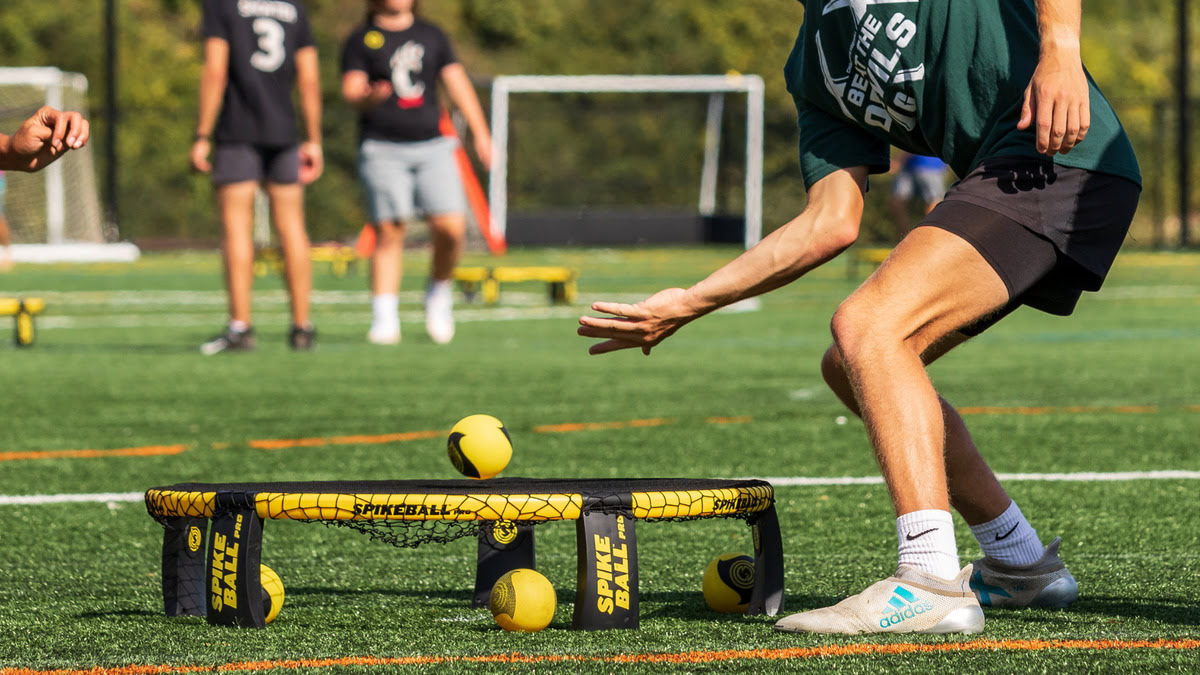
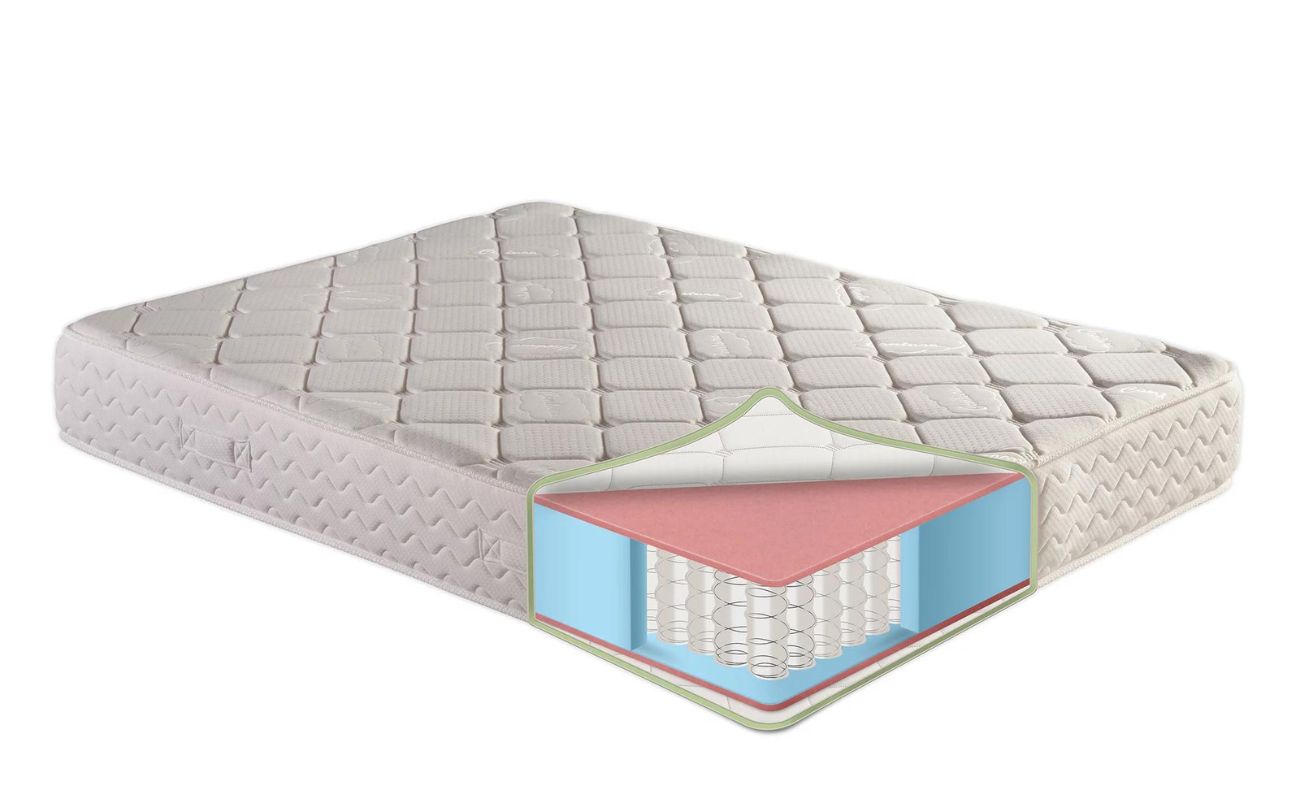

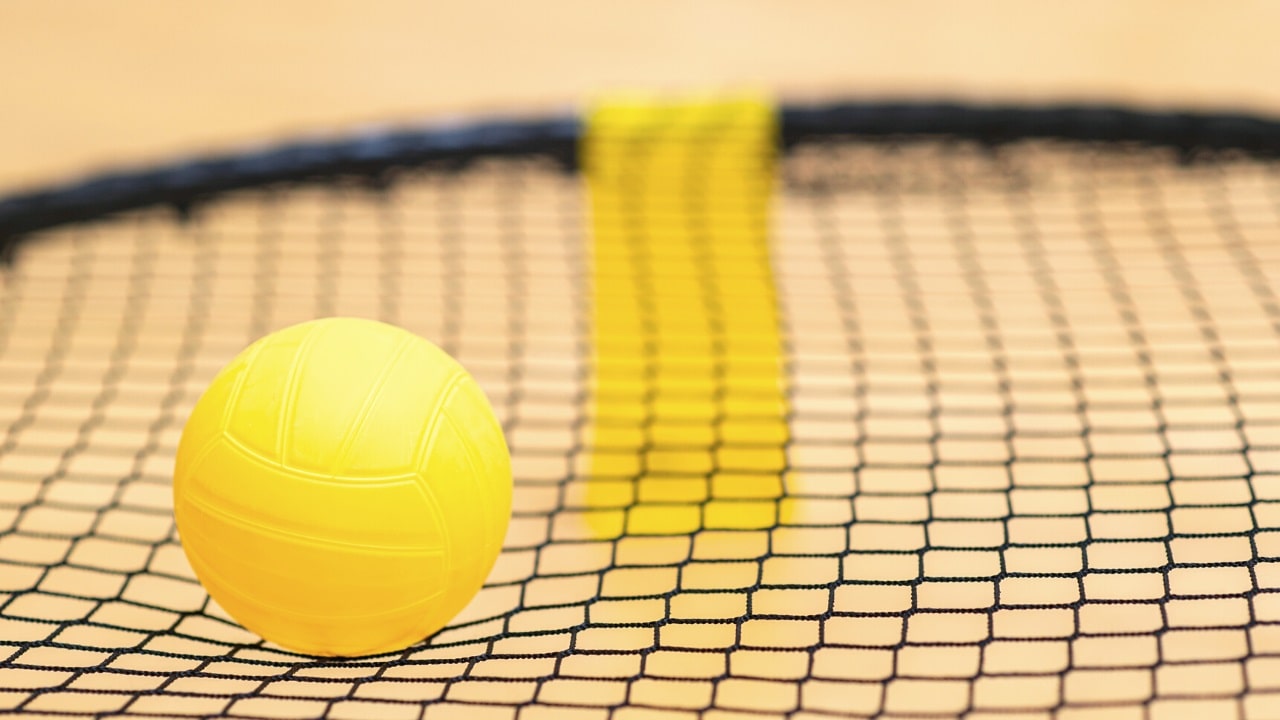
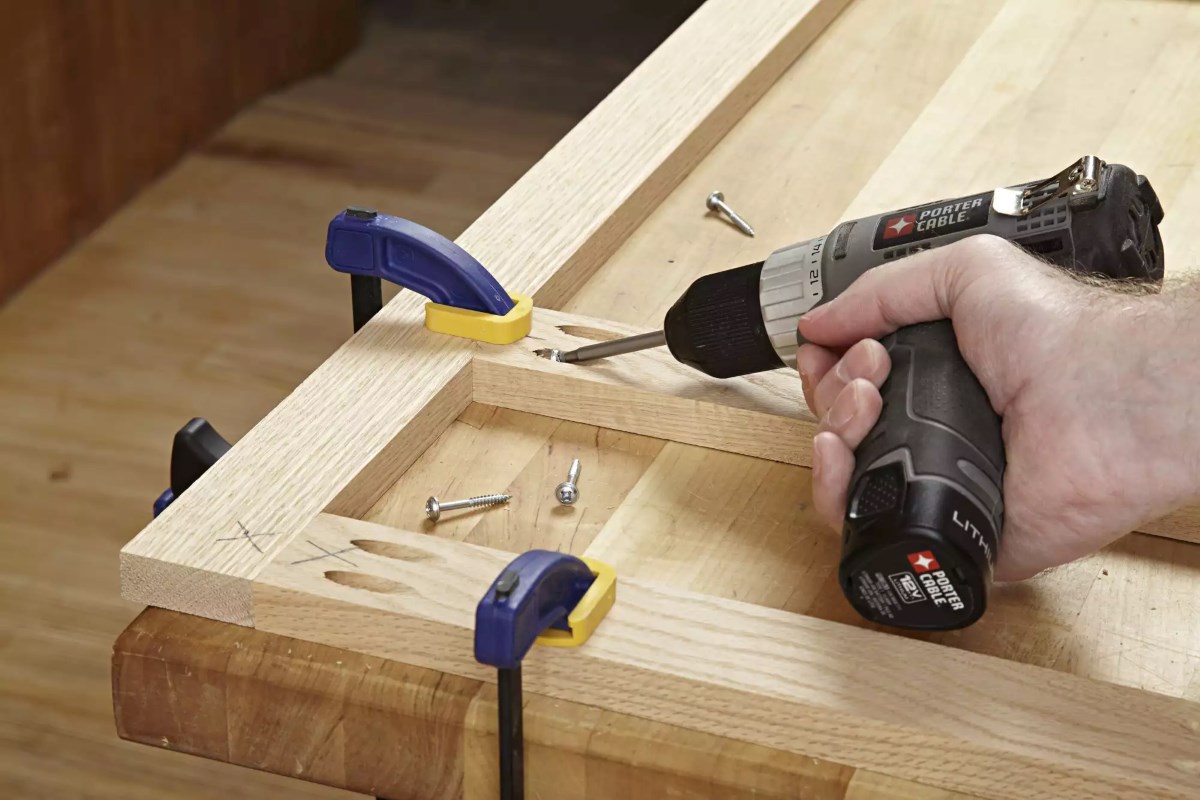
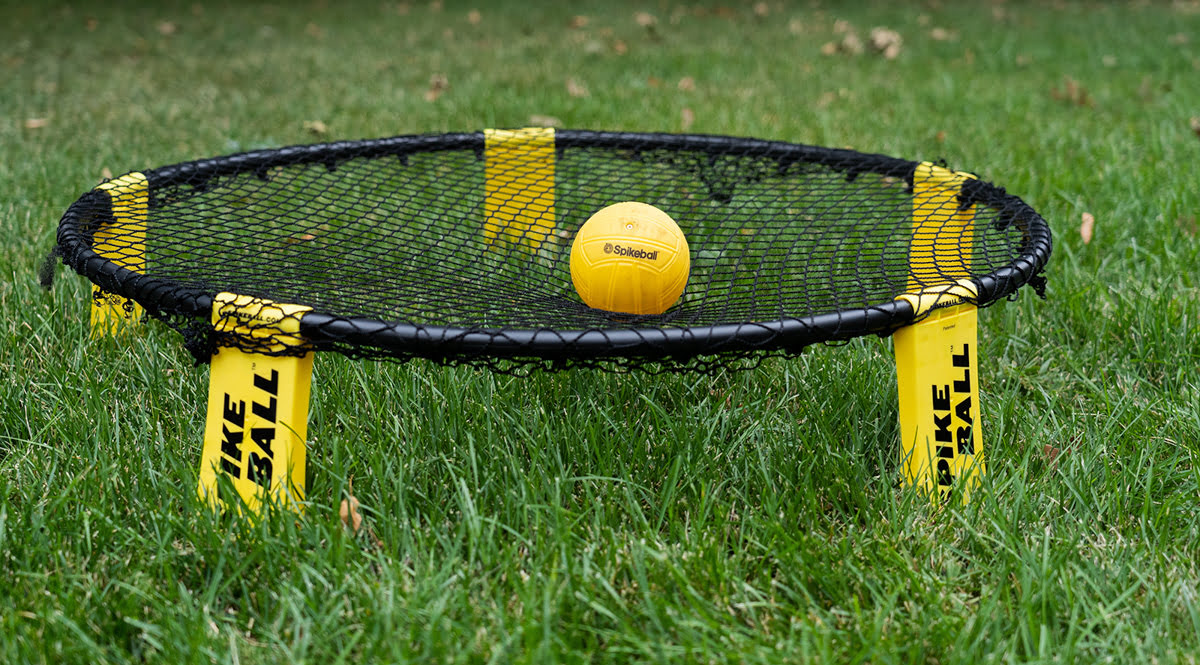

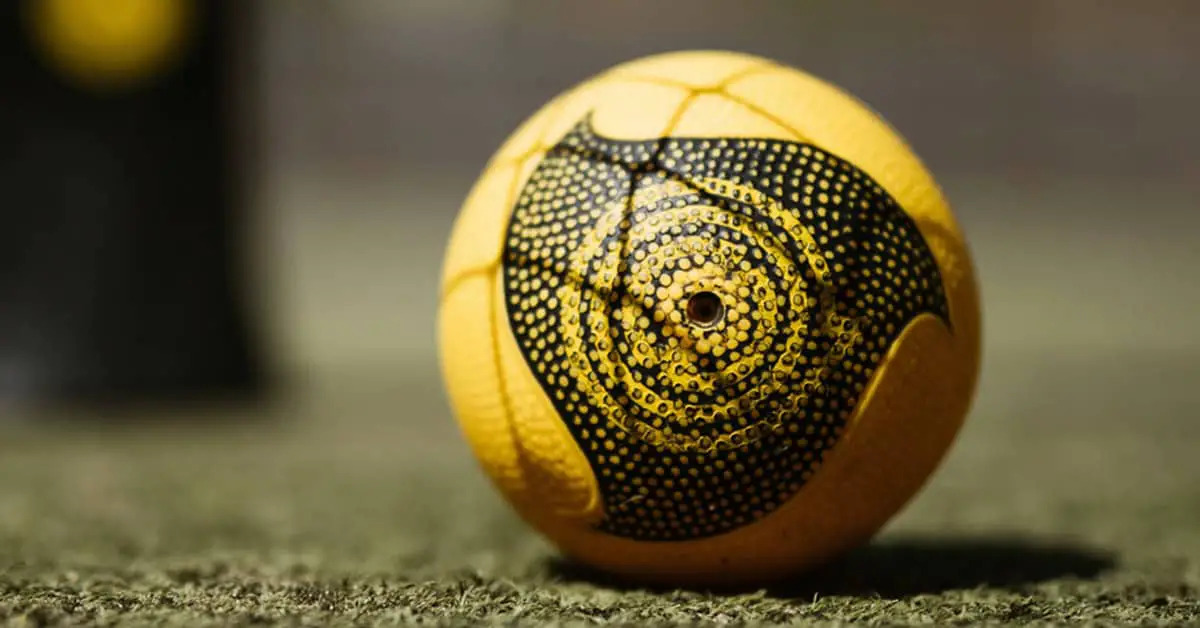
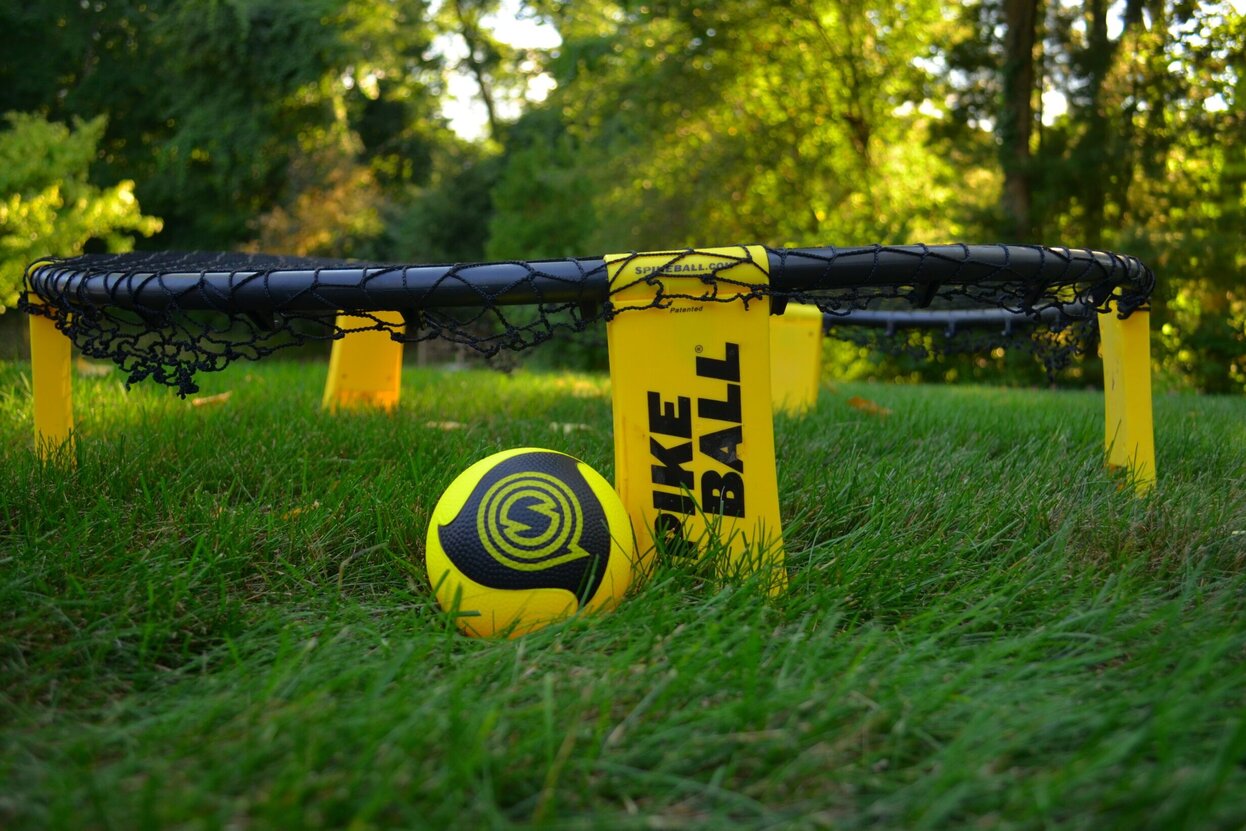
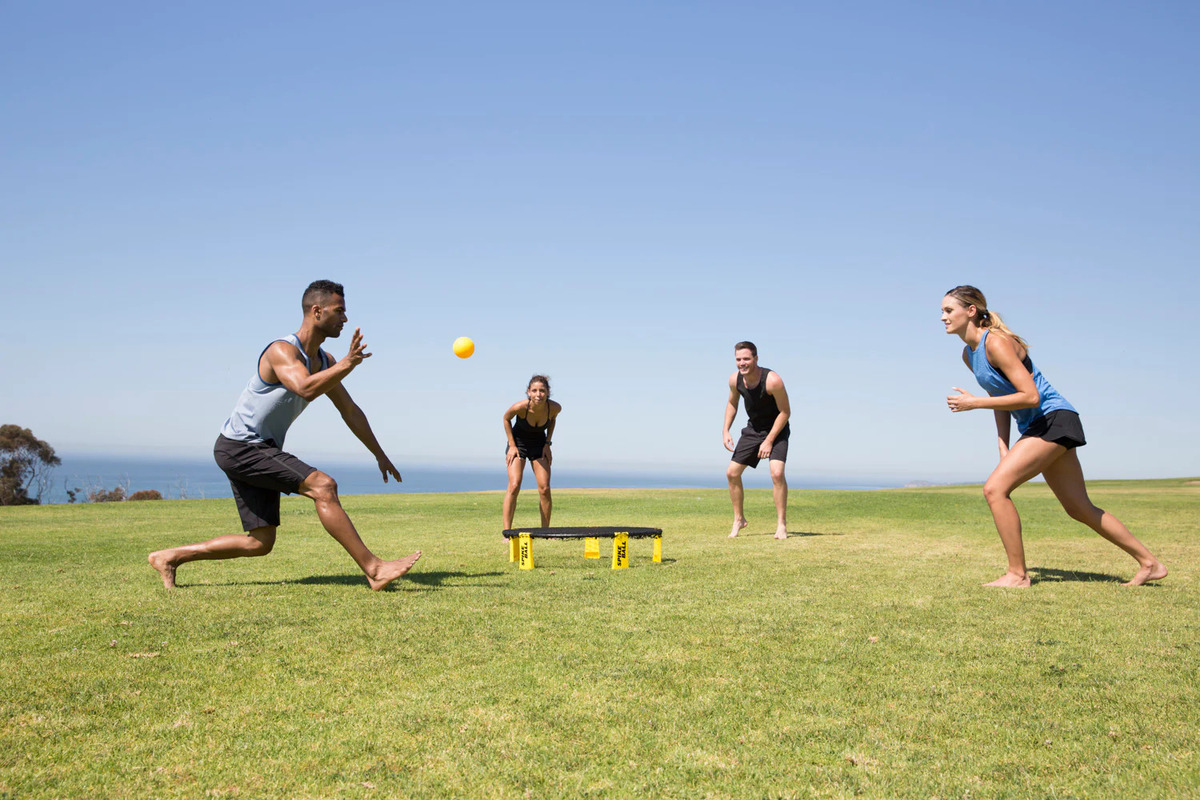
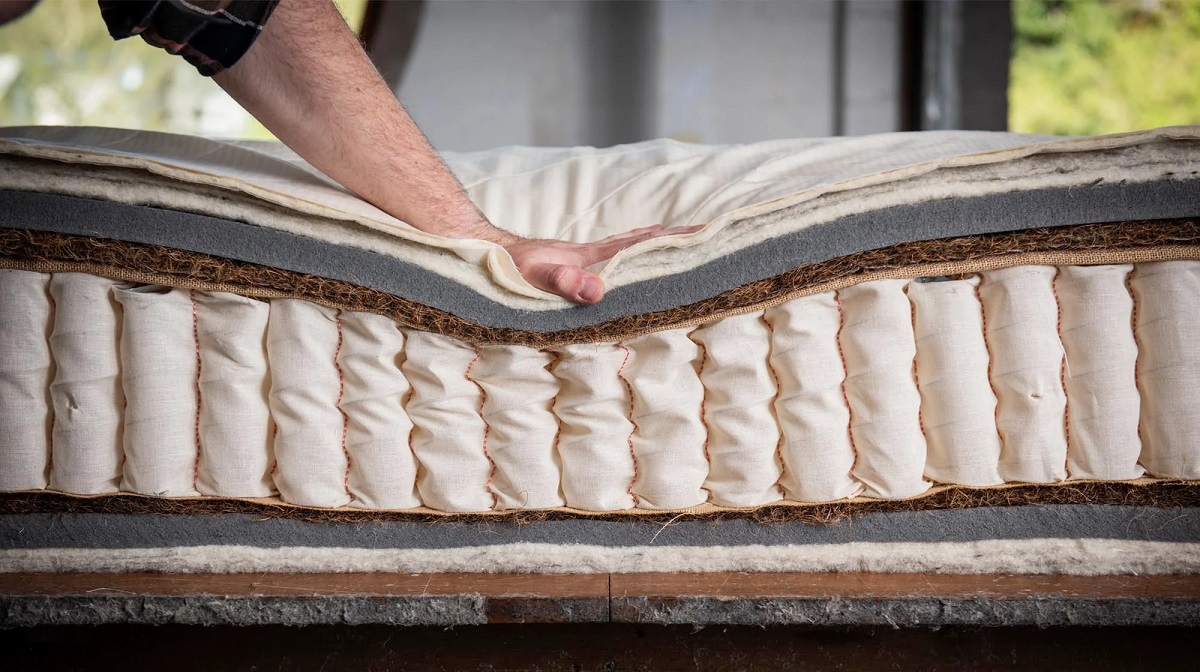
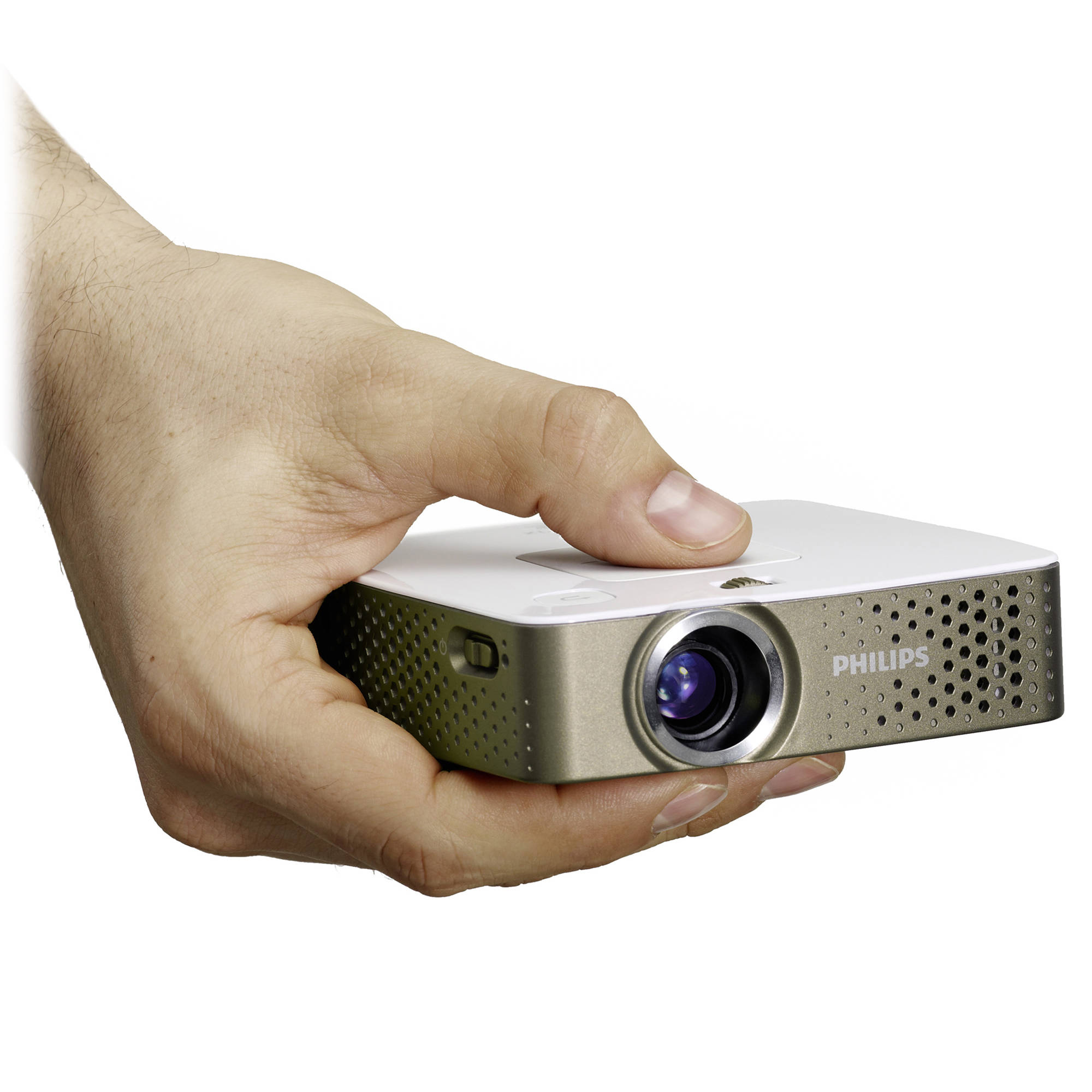
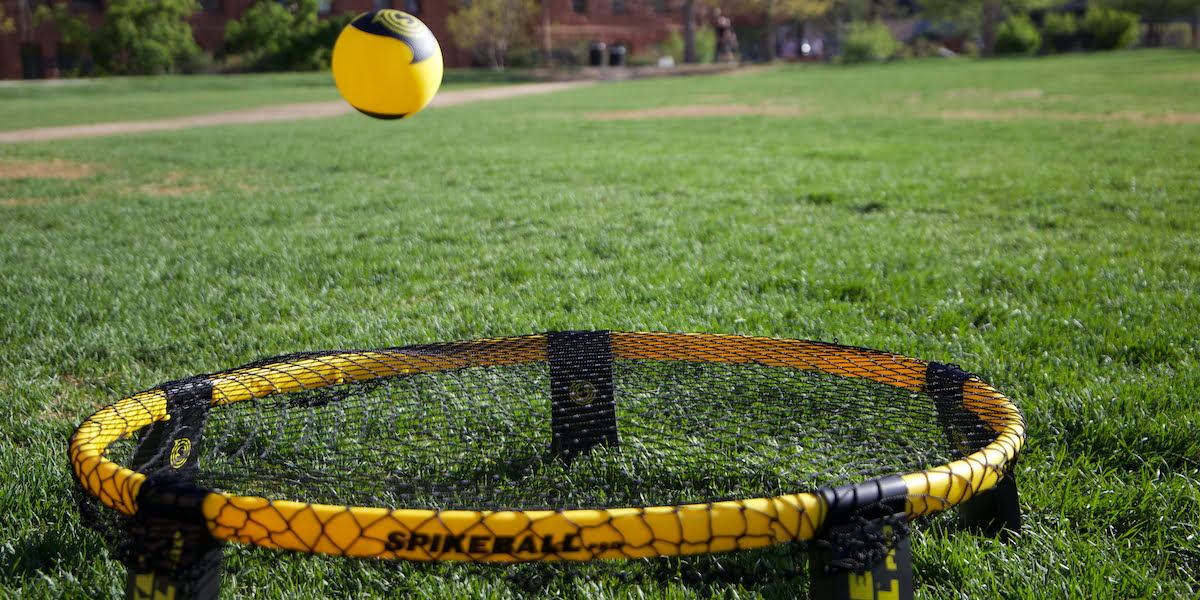
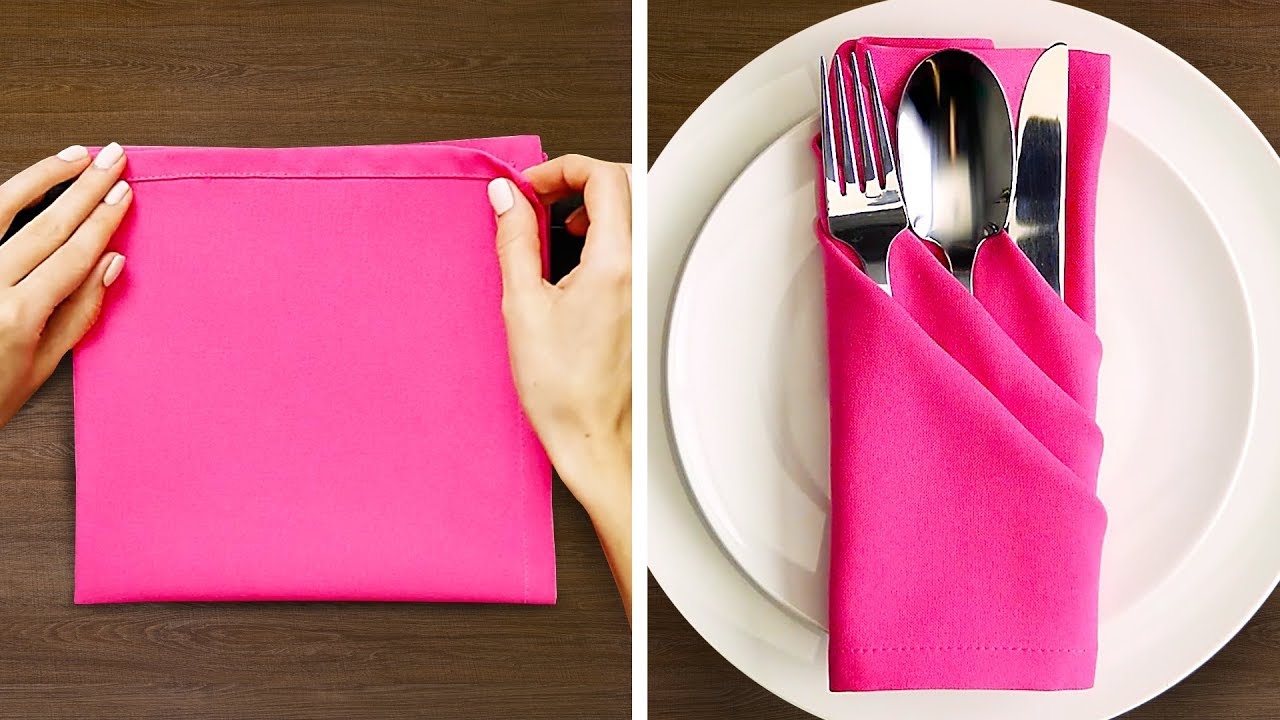

0 thoughts on “What Is A Pocket In Spikeball?”